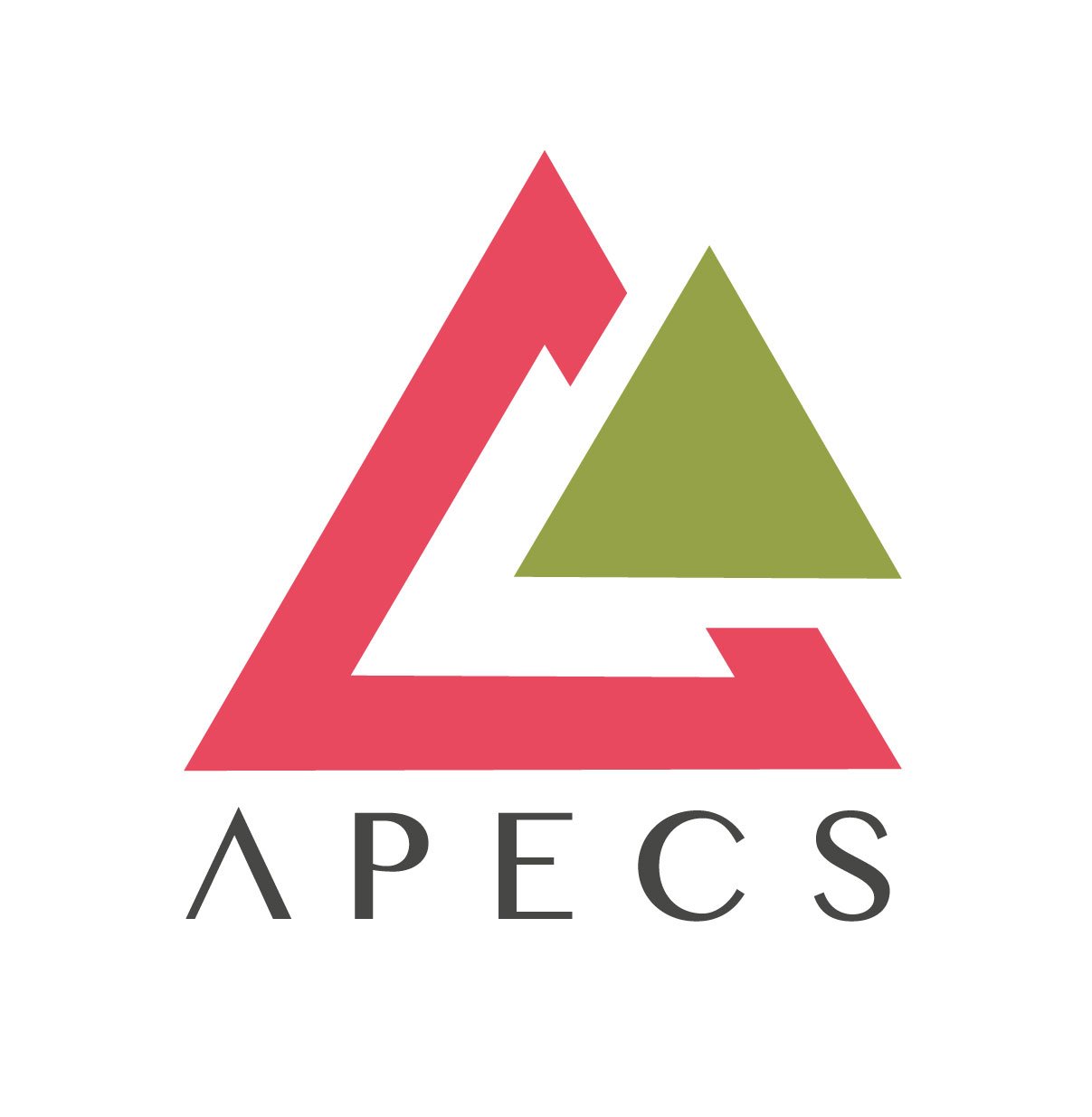Safe to say … exploring Psychological Safety
Safe to say … exploring Psychological Safety
Dr Amy Edmondson coined the phrase "psychological safety" in an article back in 1999. Since then, she has built the Fearless Organisation, which alongside training also offers the mechanism to rate the levels of psychological safety in a team or organisation, using the PS Index. We have probably all come across the term, usually used in relation to the "culture" or sense of what it is like to work in a particular team at work.
Building psychological safety in environments that feel in any way unsafe, is imperative. In a world of intense anxiety, uncertainty and unpredictability, where much is complex and feels out of our control, we seek safe spaces more than ever. Particularly at work, we need to feel safe to speak up and to show up, in our diverse ways of being and expressing ourselves. Suddenly everything feels more risky as people feel judged more than ever before, sensing that they are no longer "allowed to say" what they really think, or question something, in case it offends someone else.
This can drive a need for security, so identifying with and clinging to smaller cliques or groups of those who are similar - reducing diversity and inclusion, increasing a sense of "tribal" security and demonstrating clear allegiance with the core unifying chants. We see this on social media very clearly. Where people know others will support their views, it feels safer to say things, even when or perhaps especially when they are attacking or denigrating a different tribe. This all creates the illusion of greater safety and inclusion - at the cost of exclusion of others. Diversity of ideas or thinking is diminished or eliminated.
Add to this the high levels of depression, anxiety and self-medication, rising levels of suicide and long-term sickness, leaving others unsupported and overwhelmed covering for those missing, and we have a recipe for difficult, fractious, nervous perhaps even neurotic work teams. In this environment, it is even harder for anyone to do their best work, to perform at the highest levels, to be creative and innovative. This further increases a fight-flight alarm response.
For many people, work is them place they spend most of their waking hours and by the time they get home, they often feel depleted, stretched and tired. They are then often faced with a whole other set of difficult relationships and pressures. It is not surprising that a lack of Psychological Safety has a huge impact on so many, since any lack of safety at work will trigger anxious responses to other situations at home and in other forums or communities. So, the impact is much wider than just the on the performance of the team at work.
In sports teams too, a sense that everyone is safe to turn up as they are, be heard and feel included, feel supported and others' willingness to help and the possibility of making mistakes without being punished - these are all key factors in enabling each player to give of their best.
As coaches, we are working in this space both with individuals who may be struggling with some aspect of this complex space, or with teams who want to work on increasing their productivity through working on psychological safety. It is complex and dynamic - constantly shifting as people take positions in relation to what is and is not okay to express.
Useful elements to explore, in my experience, in order to expand the team's or individual's sense of safety, alongside the PSI model and 4 pillars, are -
· flexing perspectives, considering different angles, lenses and people's different views is critical
· hearing different voices and holding the judging of the views very lightly, to increase the possibility for including different ideas and philosophies whilst still remaining true to your own beliefs
· compassion for others, no matter their situation or circumstances
· focusing on building relationships, relational skills and practices and richly active networks
· openly expressing appreciation and building truly appreciative practices, especially in relation to owning failures and mistakes as human and useful
· improving profoundly the listening muscles and practising mindfully a LOT
· sharing unconscious and conscious bias, especially towards particular views or attitudes - relentless "positivity", for example, can be really oppressive,
· valuing and creating space for inquiry without agenda nor the need for diagnosing problems, driving for goals or finding solutions
· noticing language patterns that can limit a team's dialogue significantly, such as overly pathologising, catastrophising and generalising rather than sticking with individual experiences and exploring embodied knowing
· constellating or using somatic work can be hugely revealing in flushing out some hidden risks and limitations to psychological safety
This is not a complete nor exhaustive list but perhaps a useful beginning to your own inquiry.
Frances White
APECS Communications Director
Licensed PSI practitioner

